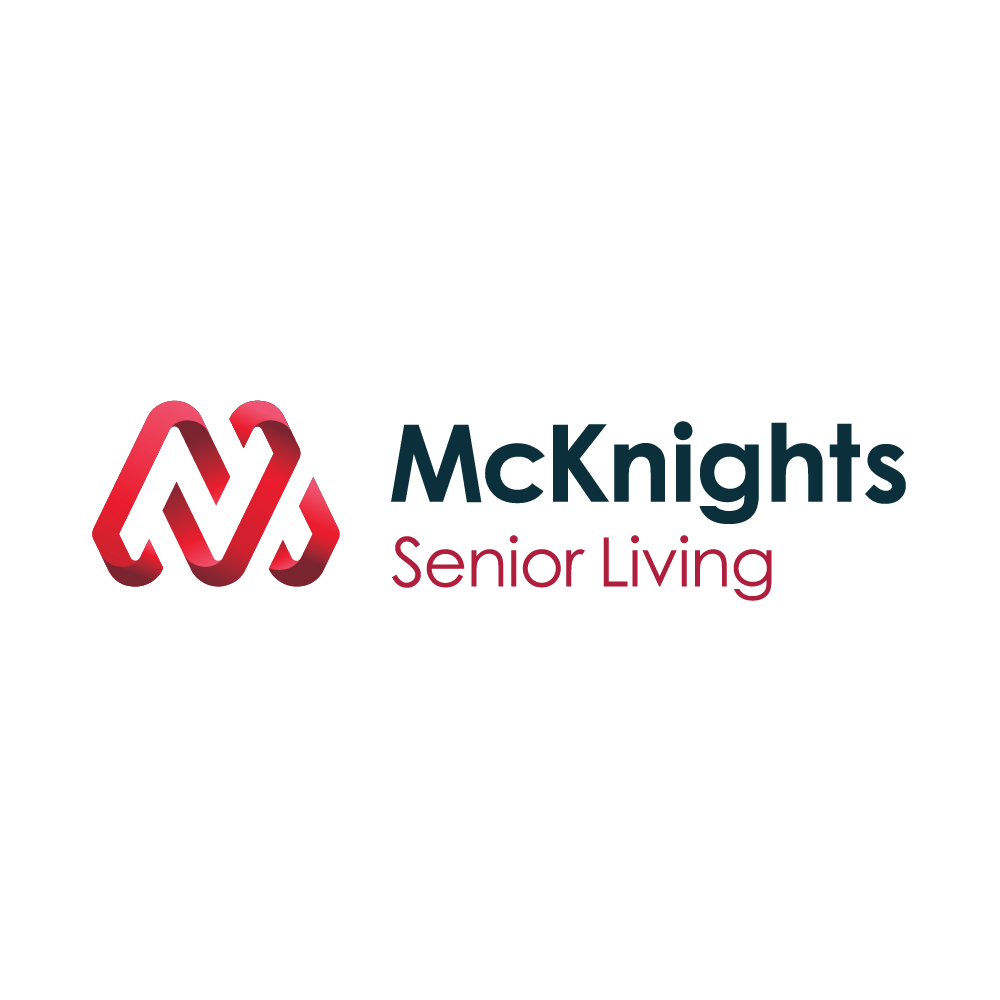Senior Living Industry Challenges and Trends

The landscape of senior living is undergoing significant transformation, grappling with prevalent consumer concerns regarding affordability, the financial security of future retirees, and the complex challenges of long-term caregiving. Recent studies reveal a widespread anxiety among adults about affording necessary care and living arrangements as they age, with a substantial number underestimating the actual costs. For instance, the perceived monthly cost for assisted living often falls far below the reality, highlighting a critical affordability gap that underscores the persistent demand for accessible and middle-market senior housing solutions.
Generational differences in concerns further shape the discourse around senior living. While older adults, particularly Baby Boomers and Gen Xers, prioritize affordability, younger generations like Gen Z and Millennials express greater apprehension about loneliness and social isolation. Despite varying concerns, many respondents hold mixed views of senior living, with positive associations like comfort and safety balanced by negative impressions such as high costs, understaffing, and fears of mistreatment. Furthermore, a majority prefer to age in place in their own homes, though a notable segment is open to relocating for better community or care options, and a smaller proportion anticipates moving into independent living or retirement homes with professional caregivers.
The financial prospects for retirement also present a daunting picture, as a significant majority of workers across all generations believe they may not accumulate enough wealth to be financially secure. This pervasive concern impacts their ability to privately fund senior living, reinforcing the urgent need for more affordable options. Shifting retirement ages, with many expecting to work into their 70s or not retire at all, suggest a future where senior living communities might need to adapt their design and programming to include workspaces and accommodate residents who continue to work.
Adding to these complexities is the critical, yet often overlooked, issue of caregiving. Over 53 million people in America serve as unpaid family caregivers, many of whom are stretched thin and can be the sole link between their loved one and the outside world. The tragic reality of a caregiver suddenly becoming unavailable, as exemplified by the story of Gene Hackman, underscores the profound vulnerability of those receiving care. This highlights the indispensable need for proactive planning and robust caregiver backup plans to prevent isolation and risk.
To build a resilient safety net, families must consider a network of support beyond a single caregiver. This includes identifying a 'plan B' caregiver, establishing a communication web involving multiple individuals, utilizing respite and home care services, and engaging in difficult but necessary conversations about potential emergencies and financial decisions. These strategies are not just for families; senior living professionals can play a vital role in educating and guiding residents and their loved ones through this crucial planning process, ensuring that support is always available.
In response to these multifaceted challenges, senior living operators are increasingly recognizing the promise of integrating wellness into their healthcare efforts through partnerships with value-based care organizations, such as accountable care organizations (ACOs) or Medicare Advantage insurance plans. Such collaborations aim to foster a proactive 'well-care' approach, shifting away from traditional 'sick care' models. Success in these partnerships hinges on several key elements: cultivating a strong wellness culture that empowers staff to promote preventive health and early interventions, actively soliciting and respecting resident preferences to encourage lifestyle changes, fostering a unified mindset shift among all stakeholders, and ensuring interdisciplinary collaboration among executives, managers, and staff.
Crucially, effective integration also demands significant investment in technology for data collection and analysis. This enables all parties—senior living communities, ACOs, and Medicare Advantage plans—to rigorously track outcomes, evaluate clinical improvements, and quantify cost savings. Ultimately, successful partnerships are characterized by aligned goals, well-defined strategies, and the technological infrastructure necessary to monitor progress and demonstrate the tangible benefits of blending wellness with healthcare. This comprehensive approach, encompassing financial planning, caregiving support, and integrated wellness, is essential for addressing the evolving needs of the senior population.
You may also like...
Diddy's Legal Troubles & Racketeering Trial

Music mogul Sean 'Diddy' Combs was acquitted of sex trafficking and racketeering charges but convicted on transportation...
Thomas Partey Faces Rape & Sexual Assault Charges

Former Arsenal midfielder Thomas Partey has been formally charged with multiple counts of rape and sexual assault by UK ...
Nigeria Universities Changes Admission Policies

JAMB has clarified its admission policies, rectifying a student's status, reiterating the necessity of its Central Admis...
Ghana's Economic Reforms & Gold Sector Initiatives

Ghana is undertaking a comprehensive economic overhaul with President John Dramani Mahama's 24-Hour Economy and Accelera...
WAFCON 2024 African Women's Football Tournament

The 2024 Women's Africa Cup of Nations opened with thrilling matches, seeing Nigeria's Super Falcons secure a dominant 3...
Emergence & Dynamics of Nigeria's ADC Coalition

A new opposition coalition, led by the African Democratic Congress (ADC), is emerging to challenge President Bola Ahmed ...
Demise of Olubadan of Ibadanland
Oba Owolabi Olakulehin, the 43rd Olubadan of Ibadanland, has died at 90, concluding a life of distinguished service in t...
Death of Nigerian Goalkeeping Legend Peter Rufai

Nigerian football mourns the death of legendary Super Eagles goalkeeper Peter Rufai, who passed away at 61. Known as 'Do...




